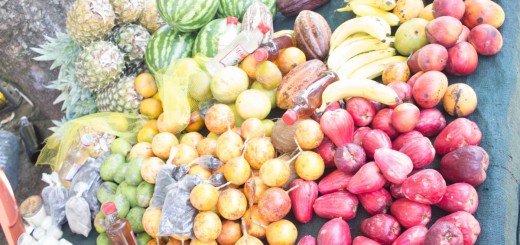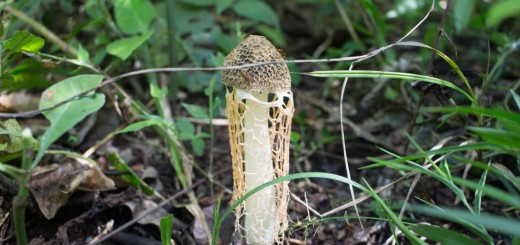Terroir Looking In– Taste and Health
This post is an exploration between the connection of taste and health. Everyone enjoys different flavors and textures, and we all know our cultural background, history, and experiences shape the way we savor, but is there a deeper phenomenon occurring when we savor? Do we like certain tastes just because they taste good, or because there is something beneficial to our health occurring?
Is taste, and the desire to savor, a language between ourselves sharing information on our current physiological state, and we think its just simply hunger or craving?
I explored this concept through various lenses, and found that the ancient science of Ayurveda has the most refined understanding of these concepts, and incorporates taste, or rasa, into the field of health and diet. Ayurveda is the science and and concept of food as medicine, and its roots are in modern day India and Sri Lanka.
Ayurveda not only focuses on taste as an integral aspect of obtaining optimal health, but focuses on stages of taste. Rasa, the perceivable kind of taste essence, is thought to be experienced through the tongue as well as through the body of the consumer. Virya, potency, is the aspect that is registered through the body. Examples of Virya phenomenon could be through heating, cooling, and stimulating the digestion, and is the extremely active attribute of a substance. Vipaka is the taste which emerges after digestion, as during digestion food goes through three various types of changes because of enzyme reaction in the gastrointestinal tract. The product of the first stage is sweet, the second is sour, and the third is pungent. From this arises a very complex understanding of how different molecules of food will affect your body through the different stages of digestion, according to varying body types.
https://books.google.co.cr/books?hl=en&lr=&id=vlKLGl9sDsEC&oi=fnd&pg=PA1&dq=ayurveda+rasa&ots=1j3USoRXG0&sig=SwwAuUewGWQMDigziu2EsVrjoN8&redir_esc=y#v=onepage&q=ayurveda%20rasa&f=false
Ayurveda not only uses taste to explain different phenomenons occurring inside the body, but uses taste to identify medicinal properties of plants.
bengreenfieldfitness.com/2014/01/what-do-food-cravings-mean
In conclusion, deepening our knowledge of terroir can also deepen our knowledge of diet and nutrition. Learning and identifying foods based on their flavor and place, can also lead to understanding our own bodies and processes, and how to really feed our bodies what is needed. The process of learning terroir can not only bring us closer to nature, or to a place, but also can expand our relationship within ourselves and help us be healthier and happier. We cannot have a healthy and sustainable earth without having healthy and sustainable people, and when we examine our taste and cravings, we examine our deeper states of being as well.



Recent Comments